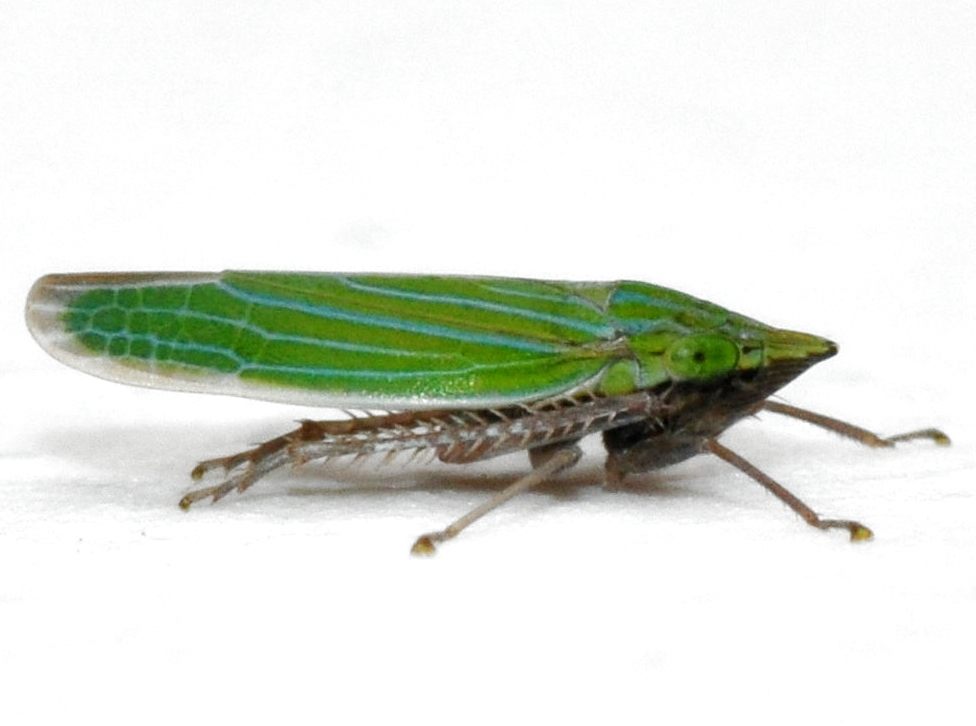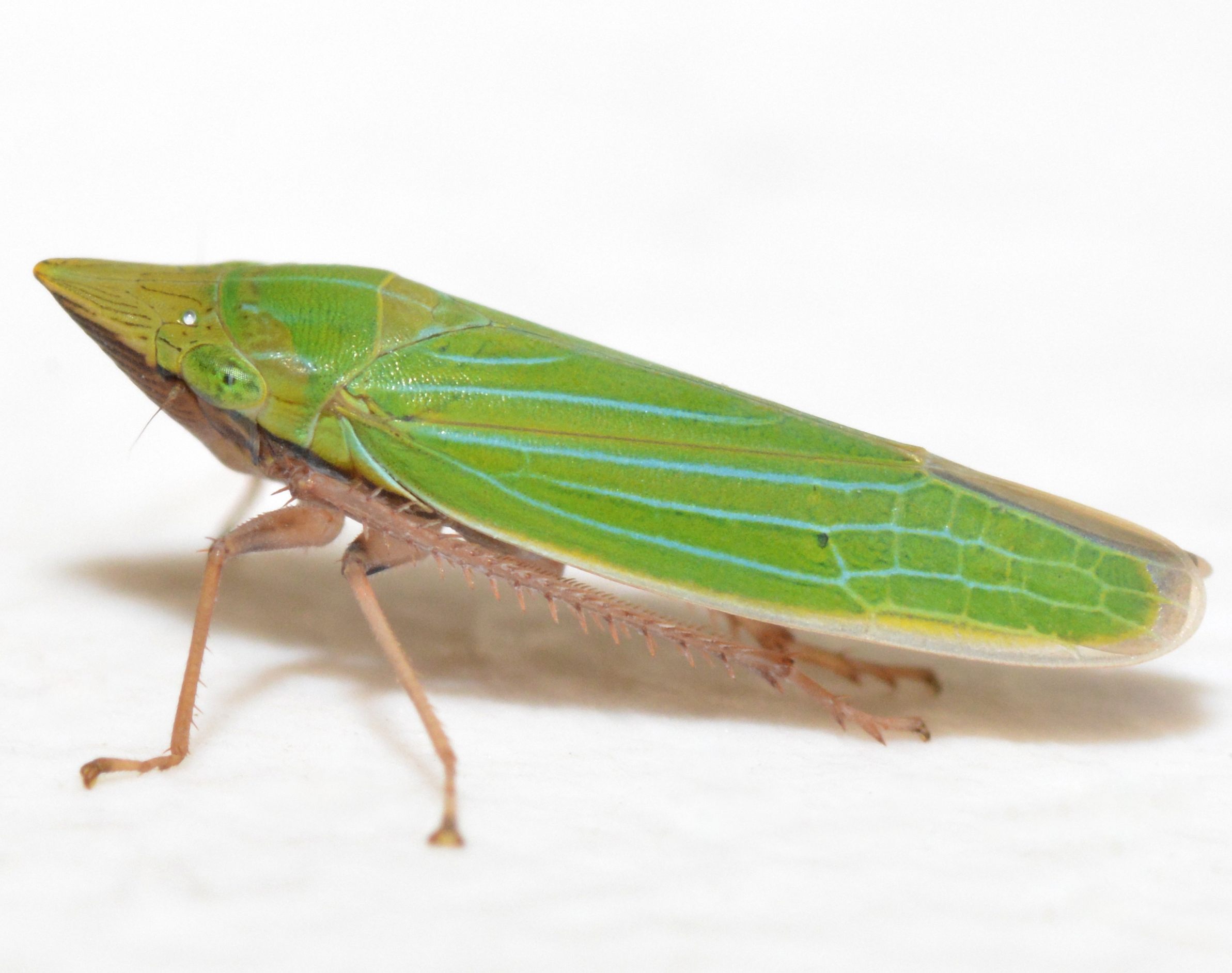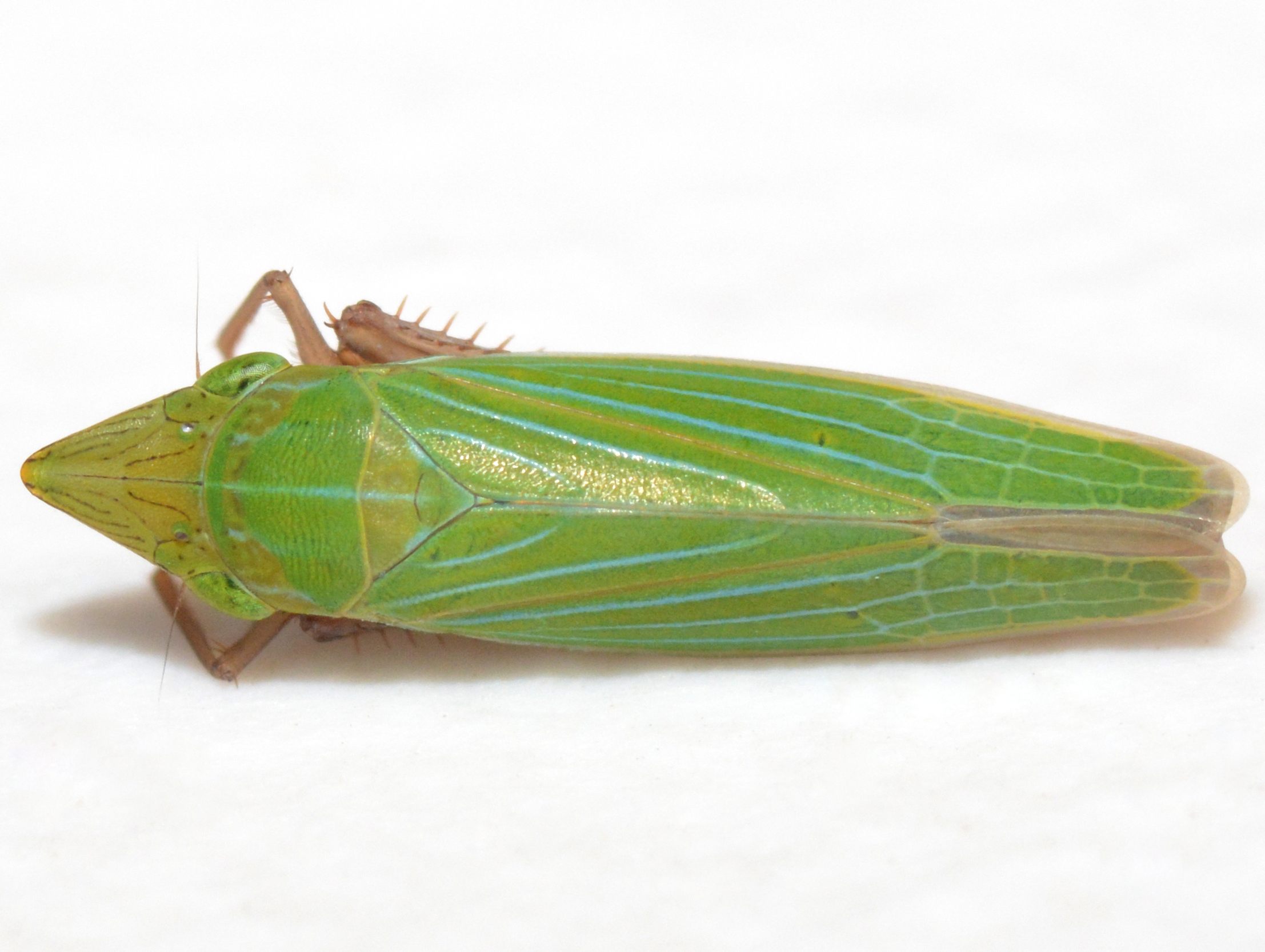Species Photo Gallery for Draeculacephala robinsoni No Common Name 66 |
 | Photo by: Marilyn Westphal, Nora Murdock
Henderson Co.
Comment: Using beat sheet |  | Photo by: Marilyn Westphal
Henderson Co.
Comment: Male |
 | Photo by: Marilyn Westphal
Henderson Co.
Comment: Male |  | Photo by: Marilyn Westphal
Henderson Co.
Comment: Male |
 | Photo by: Marilyn Westphal
Henderson Co.
Comment: Female |  | Photo by: Marilyn Westphal
Henderson Co.
Comment: Female |
 | Photo by: Marilyn Westphal
Henderson Co.
Comment: Female | 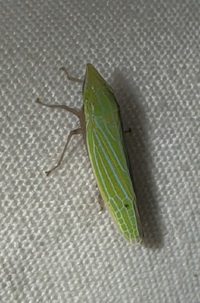 | Photo by: Marilyn Westphal, Becky Elkin, Jim Petranka
Henderson Co.
Comment: On uv moth sheet |
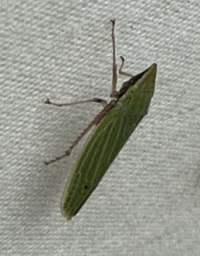 | Photo by: Marilyn Westphal, Becky Elkin, Jim Petranka
Henderson Co.
Comment: On uv moth sheet | 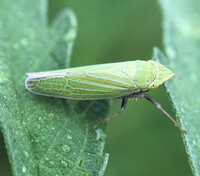 | Photo by: Ted Wilcox
Watauga Co.
Comment: unid_leafhopper |
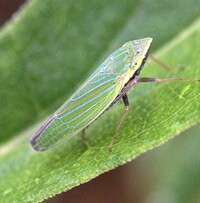 | Photo by: Ted Wilcox
Watauga Co.
Comment: unid_leafhopper | 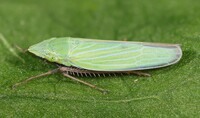 | Photo by: Rob Van Epps
Iredell Co.
Comment: Caught sweeping in weedy field. |
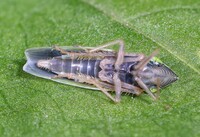 | Photo by: Rob Van Epps
Iredell Co.
Comment: Caught sweeping in weedy field. |  | Photo by: Ted Wilcox
Watauga Co.
Comment: unid_leafhopper |
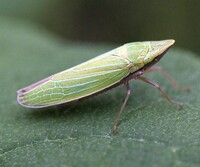 | Photo by: Ted Wilcox
Watauga Co.
Comment: unid_leafhopper |  | Photo by: Bo Sullivan
Richmond Co.
Comment: male, 7.0 mm |
 | Photo by: Bo Sullivan
Richmond Co.
Comment: male, 7.0 mm |  | Photo by: Bo Sullivan
Richmond Co.
Comment: male, 7.0 mm |
 | Photo by: Bo Sullivan
Richmond Co.
Comment: male, 7.0 mm | 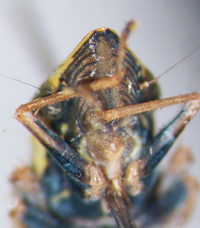 | Photo by: Bo Sullivan
Richmond Co.
Comment: male, 7.0 mm |
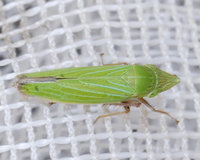 | Photo by: John Petranka
Dare Co.
Comment: | 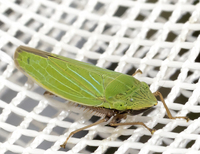 | Photo by: John Petranka
Dare Co.
Comment: |
 | Photo by: Rob Van Epps
Mecklenburg Co.
Comment: Caught sweeping. Weedy field. |  | Photo by: Rob Van Epps
Mecklenburg Co.
Comment: Caught sweeping. Weedy field. |
 | Photo by: Margarita Lankford
Dare Co.
Comment: https://www.inaturalist.org/observations/60876892 |  | Photo by: Margarita Lankford
Dare Co.
Comment: https://www.inaturalist.org/observations/60876892 |
 | Photo by: Margarita Lankford
Dare Co.
Comment: https://www.inaturalist.org/observations/60876892 |  | Photo by: Simpson Eason
Durham Co.
Comment: |
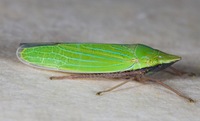 | Photo by: Jim Petranka
Madison Co.
Comment: total length ca. 9.5 mm. |  | Photo by: Jim Petranka
Madison Co.
Comment: total length ca. 9.5 mm. |
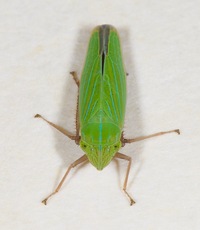 | Photo by: Jim Petranka
Madison Co.
Comment: total length ca. 9.5 mm. |  | Photo by: Jim Petranka
Madison Co.
Comment: total length ca. 9.5 mm. |
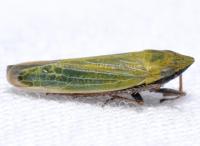 | Photo by: Bo Sullivan
Pender Co.
Comment: males, both 7.2 mm; photographed by K. Kittelberger | 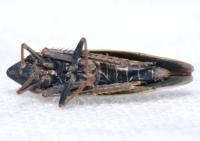 | Photo by: Bo Sullivan
Pender Co.
Comment: males, both 7.2 mm; photographed by K. Kittelberger |
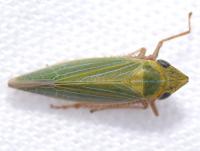 | Photo by: Bo Sullivan
Pender Co.
Comment: males- 1) 7.2 mm, 2) mm; photographed by K. Kittelberger | 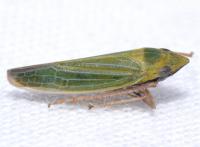 | Photo by: Bo Sullivan
Pender Co.
Comment: males- 1) 7.2 mm, 2) mm; photographed by K. Kittelberger |
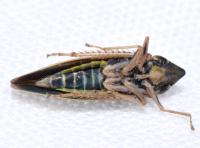 | Photo by: Bo Sullivan
Pender Co.
Comment: males- 1) 7.2 mm, 2) mm; photographed by K. Kittelberger | 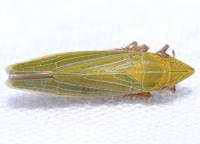 | Photo by: Bo Sullivan
Pender Co.
Comment: females, 9.3 and 9.0 mm; photographed by K. Kittelberger |
 | Photo by: Bo Sullivan
Pender Co.
Comment: females, 9.3 and 9.0 mm; photographed by K. Kittelberger | 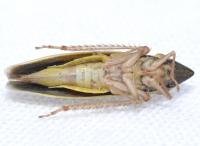 | Photo by: Bo Sullivan
Pender Co.
Comment: females, 9.3 and 9.0 mm; photographed by K. Kittelberger |
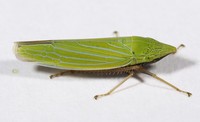 | Photo by: Rob Van Epps
Mecklenburg Co.
Comment: Caught sweeping in a grassy field. Note dark face on underside photo. | 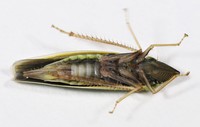 | Photo by: Rob Van Epps
Mecklenburg Co.
Comment: Caught sweeping in a grassy field. Note dark face on underside photo. |
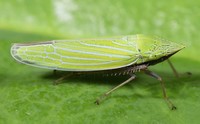 | Photo by: Rob Van Epps
Mecklenburg Co.
Comment: Caught sweeping in a grassy field. Note dark face on underside photo. | 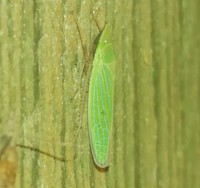 | Photo by: Amanda Auxier
Pender Co.
Comment: Came to white CFL porch light. |
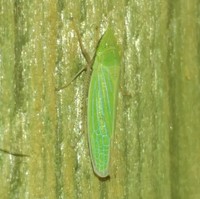 | Photo by: Amanda Auxier
Pender Co.
Comment: Came to white CFL porch light. | 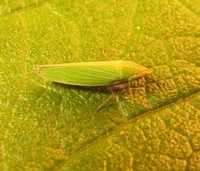 | Photo by: Ken Kneidel
Mecklenburg Co.
Comment: 8.6mm, captured during sweep through overgrown retention area in middle of athletic field |
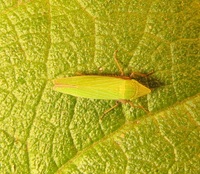 | Photo by: Ken Kneidel
Mecklenburg Co.
Comment: 8.6mm, captured during sweep through overgrown retention area in middle of athletic field | 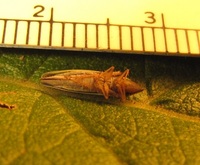 | Photo by: Ken Kneidel
Mecklenburg Co.
Comment: 8.6mm, captured during sweep through overgrown retention area in middle of athletic field |
 | Photo by: Kyle Kittelberger, Paul Scharf
Wake Co.
Comment: tall grassy habitat |  | Photo by: Kyle Kittelberger, Brian Bockhahn
Cumberland Co.
Comment: male, 7.2 mm long |
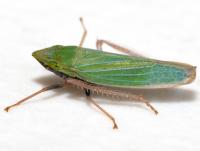 | Photo by: Kyle Kittelberger, Brian Bockhahn
Cumberland Co.
Comment: male, 7.2 mm long | 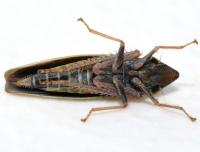 | Photo by: Kyle Kittelberger, Brian Bockhahn
Cumberland Co.
Comment: male, 7.2 mm long |
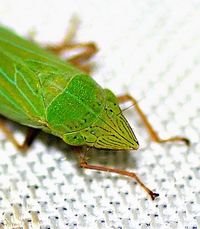 | Photo by: Paul Scharf
Warren Co.
Comment: Attracted to UV Light |  | Photo by: Paul Scharf
Warren Co.
Comment: Attracted to UV Light |
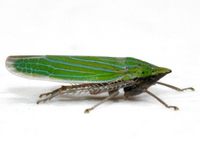 | Photo by: Kyle Kittelberger, Paul Scharf
Wake Co.
Comment: tall grassy habitat |  | Photo by: Kyle Kittelberger, Paul Scharf
Wake Co.
Comment: tall grassy habitat |
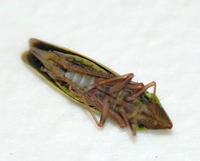 | Photo by: Kyle Kittelberger, Brian Bockhahn, Paul Scharf
Vance Co.
Comment: Found in grassy field/forest edge habitat |  | Photo by: Kyle Kittelberger, Brian Bockhahn, Paul Scharf
Vance Co.
Comment: Found in grassy field/forest edge habitat |
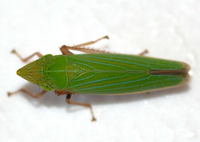 | Photo by: Kyle Kittelberger, Brian Bockhahn, Paul Scharf
Vance Co.
Comment: Found in grassy field/forest edge habitat | 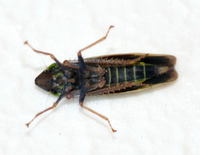 | Photo by: Kyle Kittelberger, Brian Bockhahn, Paul Scharf
Vance Co.
Comment: Found in grassy field/forest edge habitat |
 | Photo by: Kyle Kittelberger, Brian Bockhahn, Paul Scharf
Vance Co.
Comment: Found in grassy field/forest edge habitat |  | Photo by: Kyle Kittelberger, Brian Bockhahn, Paul Scharf
Vance Co.
Comment: Found in grassy field/forest edge habitat |
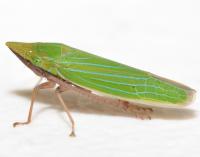 | Photo by: Kyle Kittelberger, Brian Bockhahn
Cumberland Co.
Comment: female; 9.0 mm |  | Photo by: Kyle Kittelberger, Brian Bockhahn
Cumberland Co.
Comment: female; 9.0 mm |
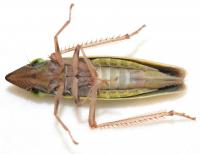 | Photo by: Kyle Kittelberger, Brian Bockhahn
Cumberland Co.
Comment: female; 9.0 mm |  | Photo by: Kyle Kittelberger
Wake Co.
Comment: mixed hardwood forest; a southern form of a northern species, possibly a cryptic species |
|

 »
»